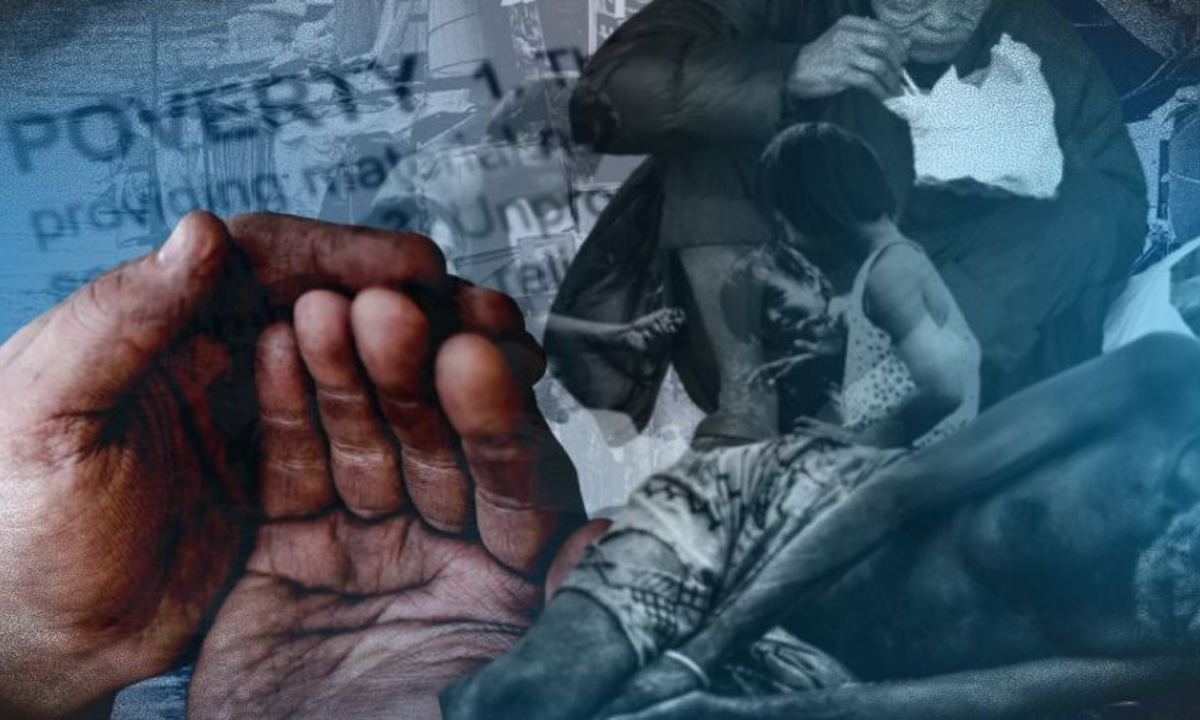PH poverty rate falls to 15.5% in 2023 – PSA

INQUIRER FILE PHOTO
Updated on July 23, 2024 at 9:11 a.m.
The country’s poverty rate declined to 15.5 percent in 2023 from 18.1 percent in 2021 as the average income of a Filipino increased, the Philippine Statistics Authority (PSA) said on Monday.
Preliminary data from the PSA showed that the poor population declined to 17.54 million from 19.99 million in 2023.
For the latest survey, the PSA set the annual poverty threshold – or the estimated budget that a family of five would need to meet their basic needs – at P33,296, up from the P28,871 two years ago. This translated to a 15.3 percent increase from 11.8 percent in 2021.
READ: SWS: 58 percent of Filipino families rate themselves poor in Q2 survey
The average income of a Filipino also went up by 17.9 percent to P85,290 in 2023, this was faster compared to the 15.3 percent poverty threshold recorded a year ago.
The statistics agency said that the poverty situation in the country has returned to its pre-pandemic level.
“High inflation during the first half of 2023 likely partially offset the positive effects of income growth on poverty reduction. The decline in poverty could have been sharper had inflation been more moderate,” Socioeconomic Planning Secretary Arsenio Balisacan said in a statement.
This placed the latest data significantly below the Marcos administration’s target poverty incidence of 16 to 16.4 percent as outlined in the Philippine Development Plan 2023-2028.
Meanwhile, 4.84 million Filipinos said their income was not enough to buy basic food needs, lower than the 6.55 million in 2021. This translates to a subsistence incidence of 4.3 percent from 5.9 percent.
The National Economic and Development Authority (Neda) chief said that average income of the poorest Filipinos also accelerated.
“But what is perhaps most encouraging to see is that mean per capita incomes for the poorest Filipinos—those belonging to the bottom deciles—grew quite fast, faster than those in the top decile classes and faster than the rate at which the poverty threshold grew. In other words, economic growth was progressive,” he said.
READ: SWS: 46% of Filipino families felt poor in March 2024
Average income of a Filipino from the first (the poorest), second, and third decile classes also recorded significant increases at 25.3 percent, 22.9 percent, and 22.2 percent, respectively.
Robert Dan Roces, chief economist at Security Bank Corp. attributed the poverty reduction from growth seen in employment, government aid programs and stable inflation particularly in food staples.
“While this is positive, the unbanked population may not have yet fully benefited. Increased per capita income, possibly due to economic growth or rising wages, is encouraging. This could have implications for the banking sector, potentially prompting a focus on financial inclusion initiatives to bring more Filipinos into the formal financial system,” Roces said.
According to PSA, the release is one year earlier than its scheduled release of two years after the reference year based on Designated Statistics.
